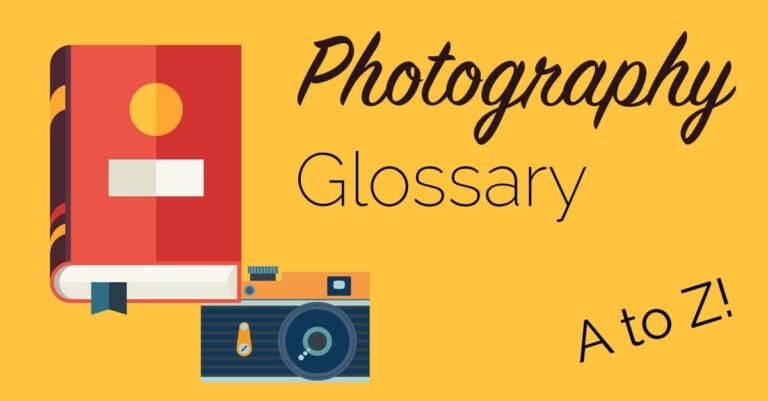Latent Image
What Does Latent Image Mean When Talking About Photography? When talking about photography the term ‘latent image’ refers to the invisible image created on a photographic film when the film is exposed to light. The image only becomes visible to the naked eye once the photographic film has been removed from the camera and chemically developed. The latent image is formed by silver atoms clustered on the surface of, or within the silver halide crystals which are in turn coated on the surface of the photographic film. The term latent image has no direct meaning when talking about digital photography.

